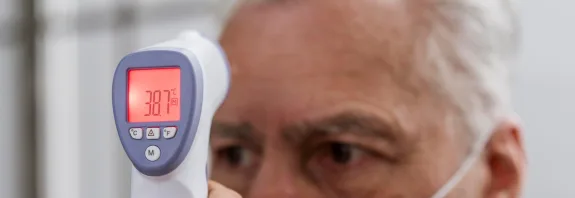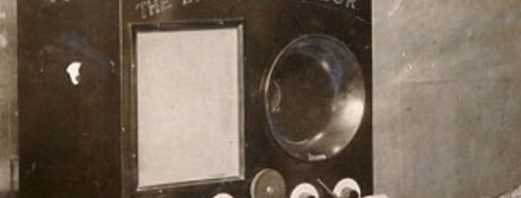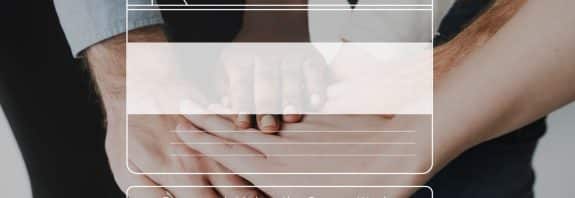How a Lie Detector Works

How a Lie Detector Works: Principles, Technologies, and Limitations
This article explores how a lie detector works, or polygraph, functions, the physiological indicators it measures, its advantages, disadvantages, and ethical considerations. A polygraph is a device used to assess the truthfulness of a person’s responses by measuring physiological reactions. While often associated with criminal investigations, it is also used in employment screenings, private investigations, and even television shows.
What is a Lie Detector?
A lie detector, or polygraph, is a device that records physiological changes in the body, such as heart rate, blood pressure, respiration, and skin conductivity, which may indicate emotional stress associated with deception. The core idea is that lying causes anxiety or stress, which manifests in measurable physical responses.
Main Components of a Polygraph
- Pneumograph: Measures the rate and depth of breathing.
- Cardiograph: Tracks heart rate and blood pressure.
- Galvanometer: Measures skin conductivity (sweating), which changes under stress.
- Software: Analyzes collected data and displays it as graphs.
How Does a Lie Detector Work?
The polygraph testing process involves several stages:
- Test Preparation
Before the test, the examiner explains the procedure and sets up the equipment. The person is connected to sensors that monitor physiological indicators. For example, a cuff on the arm measures blood pressure, chest sensors track breathing, and electrodes on the fingers measure skin conductivity. - Calibration and Control Questions
The examiner asks neutral and control questions to establish baseline physiological responses. Examples include: “Is your name [name]?” or “Is today Monday?” These questions help distinguish normal reactions from those potentially indicating stress. - Key Questions
During the test, questions related to the investigation are asked, such as: “Were you involved in the theft?” Physiological responses (changes in pulse, pressure, or sweating) are recorded and compared to baseline data. - Result Analysis
The polygraph examiner analyzes the graphs, noting significant deviations in physiological indicators during responses to key questions. Sharp increases in heart rate or sweating may be interpreted as signs of stress linked to deception.
Scientific Basis of Lie Detector Operation
The polygraph operates on the assumption that lying induces emotional stress, which manifests in physiological changes. For example:
- Heart Rate: Increases due to activation of the sympathetic nervous system during stress.
- Skin Conductivity: Stress causes sweating, altering skin conductivity.
- Breathing: Nervousness may lead to irregular or shallow breathing.
However, these reactions are not unique to lying. Anxiety, fear, anger, or physical discomfort can produce similar changes, making polygraph results ambiguous.
Types of Questions in Polygraph Testing
- Neutral Questions: Used to establish baseline reactions (e.g., “Do you live in [city]?”).
- Control Questions: Questions the person deliberately answers untruthfully to measure reactions to deception (e.g., “Have you ever taken something that didn’t belong to you?”).
- Relevant Questions: Directly related to the investigation (e.g., “Did you commit the crime?”).
Advantages of Lie Detectors
- Aid in Investigations: Polygraphs can help narrow down suspects or identify inconsistencies in statements.
- Psychological Pressure: The act of taking a polygraph test may prompt confessions.
- Speed: Testing is relatively quick compared to other investigative methods.
Disadvantages and Limitations
- Limited Accuracy: The scientific community does not consider polygraphs entirely reliable. Studies suggest accuracy ranges from 70–90%, depending on the examiner’s skill and testing conditions.
- False Results: Stress caused by unrelated factors (fear, shame, or physical condition) may be mistaken for deception.
- Countermeasures: Some individuals can manipulate results using relaxation techniques, medications, or training.
- Ethical Concerns: Polygraph use may infringe on personal rights, especially if testing is mandatory. In many countries, polygraph results are not admissible as evidence in court.
Limitations in Application
- Legal Weight: In most countries, including Ukraine, polygraph results are not accepted as official court evidence due to their lack of guaranteed reliability.
- Use Cases: Polygraphs are more commonly used in private investigations, personnel screenings, or entertainment rather than in legal proceedings.
- Individual Differences: People with certain mental disorders or physiological conditions (e.g., low blood pressure) may produce inaccurate results.
Alternatives to Lie Detectors
Modern technologies offer new methods for assessing truthfulness, including:
- Facial Expression and Gesture Analysis: Using artificial intelligence to detect micro-expressions.
- Brain Activity Scanning: Technologies like MRI can identify brain activity changes linked to deception.
- Voice Analysis: Measuring changes in voice tone that may indicate stress.
Conclusion
A lie detector is a tool that measures physiological responses to assess the truthfulness of answers, but its results are not entirely reliable. While useful in investigations or screenings, its effectiveness depends on the examiner’s expertise, the individual’s psychological state, and testing conditions. Due to limitations in accuracy and ethical concerns, polygraphs remain a topic of debate in scientific and legal communities. For those considering their use, it’s essential to combine polygraph testing with other investigative methods to achieve objective results.









